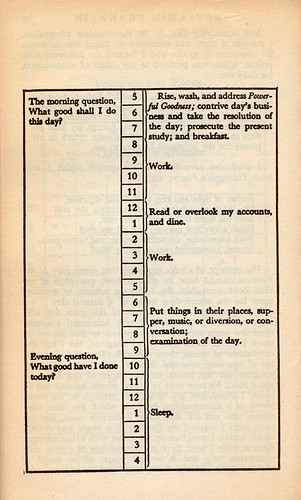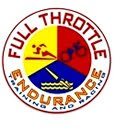“Every morning in Africa, a gazelle wakes up. It knows it must outrun the fastest lion or it will be killed. Every morning in Africa, a lion wakes up. It knows it must run faster than the slowest gazelle, or it will starve. It doesn’t matter whether you’re a lion or gazelle - when the sun comes up, you’d better be running.” - Born to Run
For an endurance athlete, dealing with an injury is nothing short of catastrophic. I’ve been dealing with a bit of Achilles pain for several months and have backed off of running and lessened my hours to combat future injury. RICE – rest, ice, compression, and elevation has helped dramatically; however, every time I have went out for a run, my Achilles would tighten and ache. Not enough to cause severe pain, but enough to where I started hating running because running = aching Achilles/pain whereas before running = wind in face and chasing squirrels.
What do I do to combat boredom? Recently, I’ve been reading Born to Run. Just like the author, Christopher McDougall, my question to many has been, “Why does my foot hurt?” So far, this book is the only legitimate answer I’ve received. Its central thesis is that we are actually built for endurance running and it is modern science (the overbuilt shoe) that has caused us injury. McDonalds has something to do with it too, but, well, that's my own vendetta. I’ll write a book review later on, but I wanted to share a quick anecdote with you.
My recent discovery:
Today I went out for a run – an overly cautious run. If I felt any pain I was going to stop and walk. Right before leaving the house, I remembered something I’ve read in almost any running book - run on grass or a trail to reduce the shock your legs receive when running. This hasn’t been an option because of either snow or mud, but now, with the nice weather, running on the grass, or a track even, is now an option.
So, I experimented. Starting on the pavement, following the usual 4-mile flat loop, I proceeded on my morning fun run (no GPS, no heart rate monitor, no stopwatch). Tuning in to my body, I listened to the sound my feet make when hitting the ground, paid attention to my cadence and ran as natural as a child does. On the pavement, I felt I was forcing my form – slight lean forward, midfoot strike, using the core to swing and lift legs, C – posture. I heard THUD, THUD, THUD and minutes later, running = pain/discomfort in Achilles.
A couple minutes of walking, then, the discovery: running on grass or a trail produces a more efficient form and eliminates any Achilles pain. I jumped onto the grass and almost immediately there was no pain with running. To my right, a large open field where deer usually gather became my newest playground. I set out to become like the Massaii hunters and gatherers of Kenya. I would run around this field, a more natural running track than any other, just the sort of place where long distance runners (like the Massaii) would have grazed. My pace quickened, my breathing regulated itself, my mind focused on proper foot placement, and my cadence jumped to around 90 rpm. My form never felt so right! Running past a decomposed deer carcass really took me back a million years, and holding back my primitive yell to Jane for food, I proceeded onward. For the next hour, I ran on everyone’s lawn and through a couple trails with little to no discomfort in my Achilles and my form felt natural and comfortable. Every five minutes or so, I would jump back on the pavement to feel the difference. Almost immediately, my Achilles would ache and again, form would diminish (decreased cadence, leaning back, pronounced heal strike).
Perhaps then, nature is the best coach.
My hypothesis: If runners were to run mostly on trails and grass with a minimalistic shoe, form would come more natural. The foot would grow stronger. The whole foot – tendons, the arch, the Achilles – would get stretched and utilized, and grow stronger. With a steady and cautious progression in mileage and training hours, a stronger and more efficient runner would come about.


